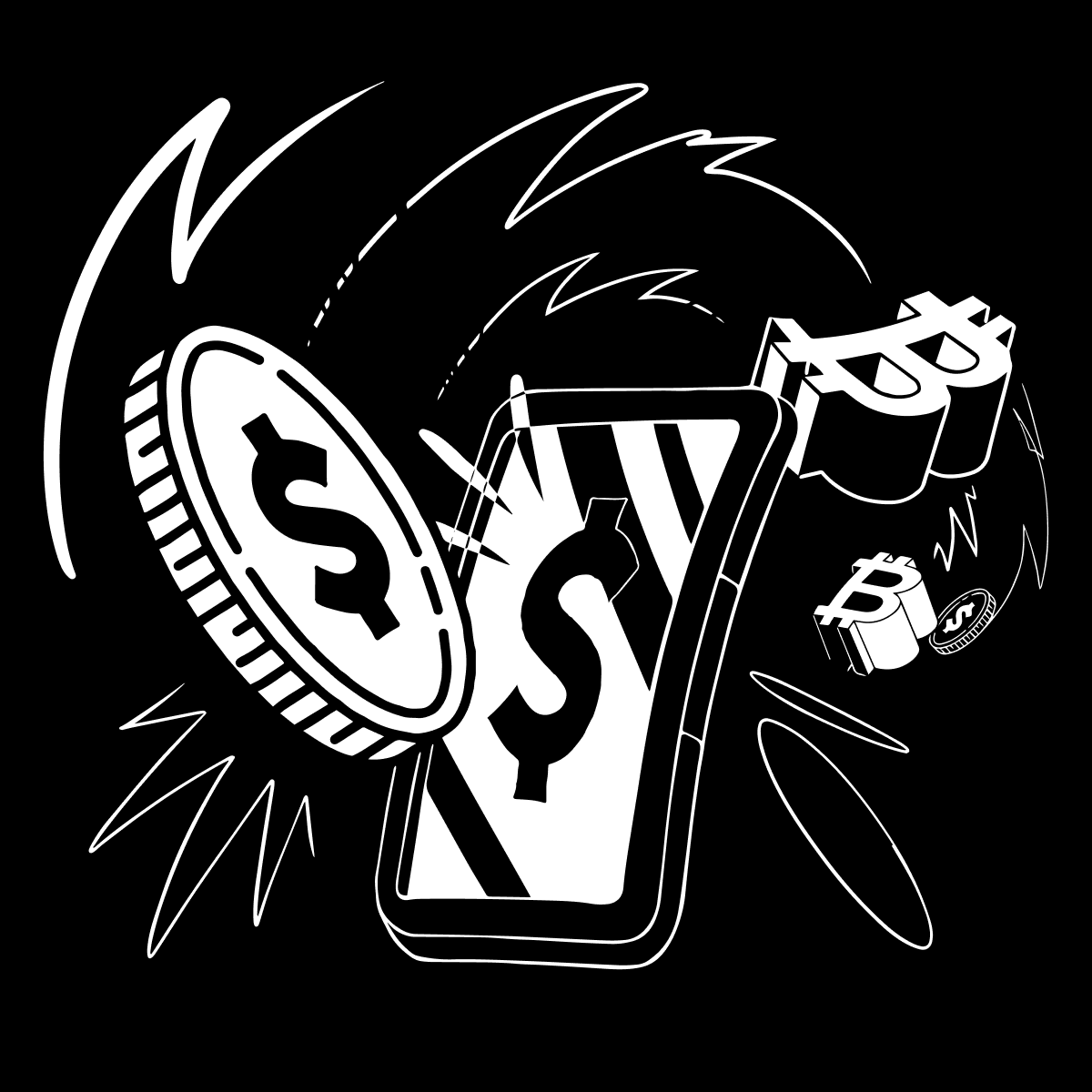What is the Lightning Network?
The global bitcoin payments network that’s instant, private, and low-to-no cost
Lightning as a payments network
The Lightning Network was proposed in 2015 as a payments network for transacting bitcoin outside the Bitcoin blockchain.
Essentially, the Lightning Network is a way to transact bitcoin faster, cheaper, and more privately than on the Bitcoin blockchain.

Unlike legacy networks for inter-bank cash transfers or credit and debit card payments, the Lightning Network offers instant settlement, no chargebacks, and uses bitcoin as the underlying asset.
It helps solve a key obstacle for Bitcoin, mainly the ability to scale to lots of users making lots of payments. Whereas the Bitcoin blockchain is designed first and foremost for security and decentralization, the Lightning Network is designed for speed, cost, and volume of payments.
Lightning is a new kind of payments network, one that’s borderless, open, low-cost, and instant.
How does the Lightning Network work?
The Lightning Network is kinda like the Bitcoin Network, in that it’s made up of computers (nodes) all running the Lightning Network software. Unlike Bitcoin, Lightning transactions aren’t publicly broadcast on the blockchain; instead they’re made privately and directly between nodes.
Also like Bitcoin, the Lightning software is a standardized set of rules (aka protocol) that’s open and free to use for anyone or any company who wants to join.
So how does it work?
It all starts with bitcoin. Every bitcoin on Lightning begins with a transaction on the Bitcoin blockchain. That on-chain transaction is shared between two parties and serves as the reference point to start transacting outside the blockchain.
With that on-chain bitcoin secured, the two nodes can then open a payment “channel” – a peer-to-peer connection through which bitcoin can be transacted. It’s like a direct link between two computers that update their own mini, private bitcoin ledger, with the start of their ledger being that first on-chain transaction.
In their channel, they can transact as fast and often as they want by simply updating their private record, and when they’re done, they can close the channel by settling the original on-chain transaction.
It’s like opening a tab at a bar, so that you don’t have to pay the bartender each time you buy a drink. Once you open the tab, you can order lots of drinks and just have the tab updated each time. At the end of the night, you make one single payment to settle up.
It’s the same with Lightning. One on-chain transaction to start, countless off-chain transactions, and one on-chain transaction to close.
What’s more, each node can open as many channels with as many nodes as they want, forming a global web of connections. Through this web, nodes can “route” payments to other nodes, even if they’re not directly connected. This means person A can send to person C, via their shared connections with person B. These indirect payments open a global network of payment possibilities, since each node can be indirectly connected with every other node in the network.
Lightning is a peer-to-peer payments network that helps scale the Bitcoin blockchain, without making tons of on-chain transactions.

Lightning and global money transfers
Lightning helps deliver instant, low-cost, and interoperable payments for the world.
Payments routed via Lightning move at lightspeed. When they arrive, they’re final. Instant plus final is what legacy networks can’t do. Legacy cash payments sit in “pending” status for days, with the risk of failing or reversing, adding to merchants’ costs and headaches.
On top of that is Lightning’s extreme low cost. Lightning payments are just information sent between computers, which costs little to nothing. When indirect payments are routed, a routing fee is paid to any in-between nodes, and those fees are typically a couple satoshis (a fraction of a penny). Payments themselves can be that small, unlocking new possibilities for micro-payments. Compare that to card payment processors, who take a couple percent per transaction in fees and can’t practically process penny transactions (let alone sub-penny amounts).
What’s more is Lightning’s interoperability. Like Bitcoin, Lightning is an open protocol, which means any person, any company, or any app can join and start making Lightning payments themselves. It’s the opposite of how bank or card networks operate, which are closed and don’t allow people to hold electronic money themselves.
With Lightning, you can make payments across apps, for less than a penny, and the payment will be instantly spendable.
To really get it, you have to see a Lightning app in action.
People send payments from Miami to Mumbai, via Manila, Mexico City, and Munich. Each person uses a different app, each transaction is sent for fractions of a penny, each payment is finalized and immediately spendable. No 1-5 business days, no bank holidays, no manual approvals, no opaque fees. Secure global payments that just work.
And since bitcoin is traded 24/7/365 across all major currencies, you can use cash to buy bitcoin, send via Lightning, and sell back into cash. That’s exactly what the Strike app and Strike API do.
The Lightning Network is a new standard for payments. It’s fair — nobody has privileged access. It’s global — across the street as across the world. It’s interoperable — across apps, across companies, across borders. It’s secure — it all begins and ends with Bitcoin, verifiably secure and scarce.
Read more